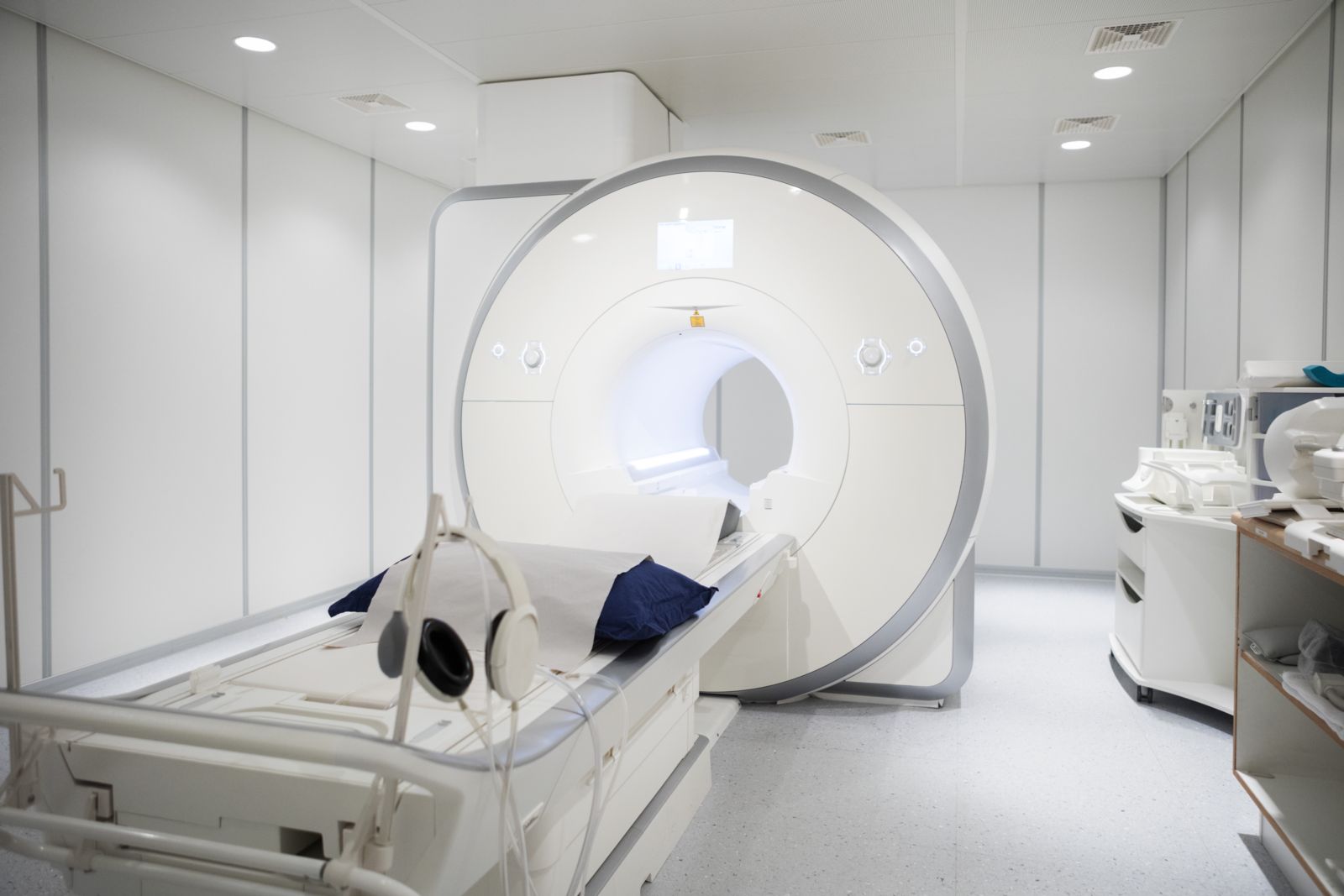Follow-up imaging is an important requirement for patients to ensure complete healing. However, when it comes to the location of imaging facilities, new research found that patients usually come back to the same place for follow-up imaging where they had gone for initial imaging.
In the research, authors included over 1000 cases of abdominal ultrasound, MRI and CT exams performed at a certain facility over a period of seven months during the research. The findings showed intermediate malignant potential in every single case. Furthermore, researchers adjusted for patient characteristics, modality, clinicians ordering tests, and radiologists interpreting and comparing follow-up results. The setting wherein patients took the imaging tests – outpatient, emergency department, or inpatient, was also taken into consideration.

The author of the research, Geraldine J. Liao, MD, of Virginia Mason Medical Center in Seattle, was quoted saying, “Our hypothesis was that findings from examinations performed in the Ed settings would be less likely to be appropriately followed up compared with those performed in the outpatient and inpatient settings.”
This means researchers found a significant difference between the results of imaging performed in an ED setting compared to the same performed in an inpatient and outpatient setting.
Patients completed their relevant follow-up in 40% of the cases. 62% of cases of outpatient setting follow-up were reported compared to 18% of inpatient setting follow-up and 17% of ED setting follow-up.
In addition, authors also found some black patients living in low-income neighborhoods to be less likely to follow-up even after undergoing the initial imaging.
What are the Measures to be taken?
With this research and understanding of the variances with respect to imaging follow up adherence, it may be possible to pinpoint organizational improvements. This, in turn, would work across different types of providers, care sites, and service lines. As a result, it would also increase the overall follow-up participation.
Researchers were of the opinion that this would lead to much broader use of a pre-discharge checklist to ensure actionable findings from the examinations performed at the time of hospitalization are categorically noted and addressed. Likewise, interventions would also be utilized in the emergency department together with other efforts to deliver necessary care, including ED appointments, pre-discharge questionnaires, etc. These are some of the possibilities of screening risk factors of follow-up or poor adherence.
In addition, systems using electronic health records or advanced discharge coordinators could also build requirements into the electronic order directly, or consider the same for manual staff review.
The research team further suggested that patient engagement together with improved access could also reduce racial as well as socioeconomic disparities commonly found in follow-up imaging results.
The authors of the research concluded by saying that future health work should also evaluate the process of delivery, continuous care, and similar health systems. There should be level factors based on patient location as well as care setting and their effects on the appropriate follow-up of such findings. If this were followed, it would definitely support and improve follow-up imaging and address necessary health disparities at facilities.
Conclusion
sepStream® provides a single and affordable solution to streamline the entire diagnostic workflow. Join hand to deliver optimum care.